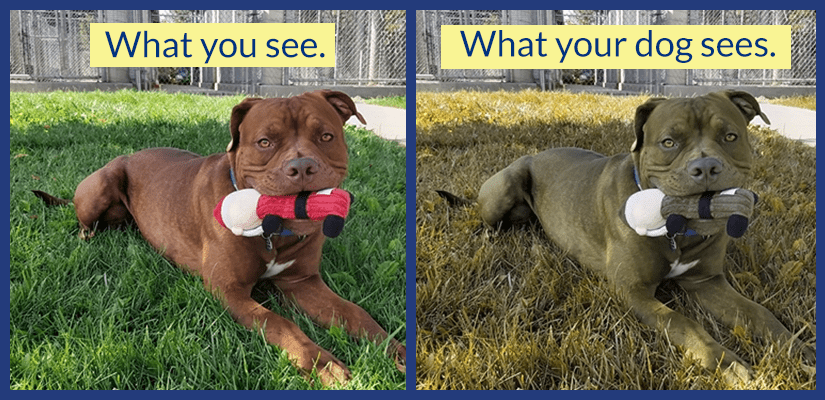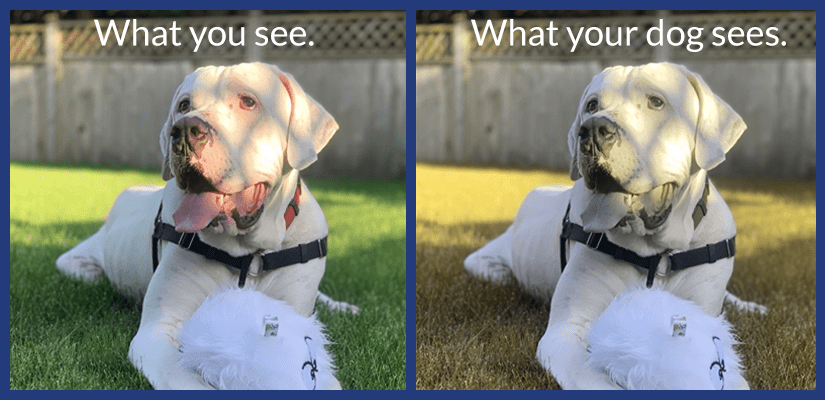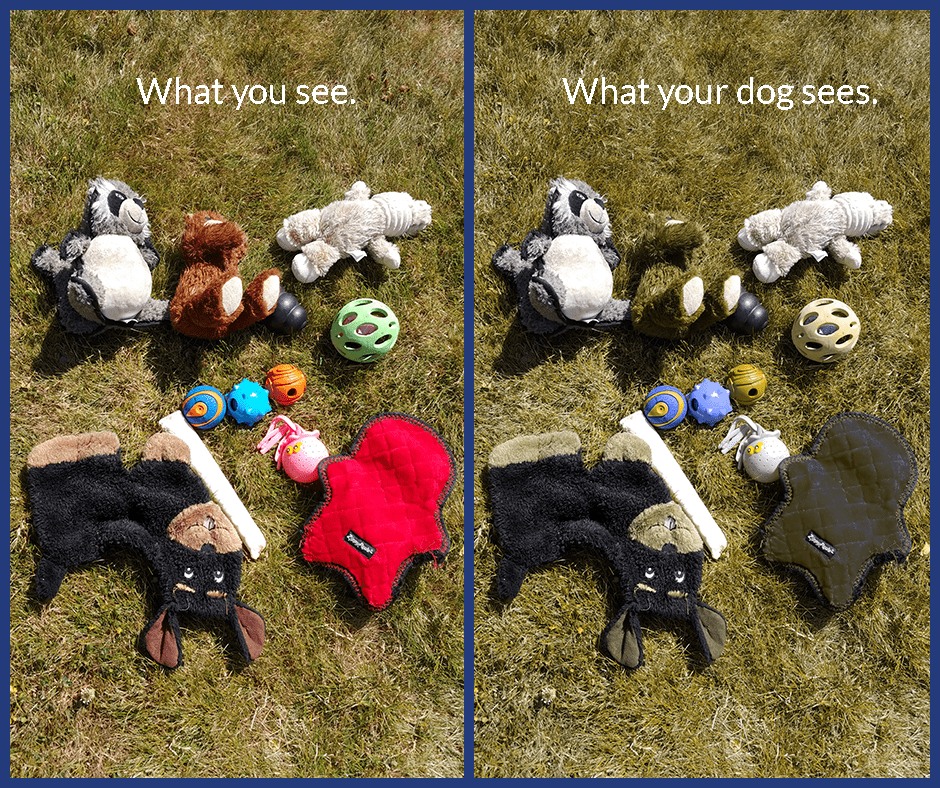The Truth About Color Blindness in Dogs
- Dan Bernblum
- Apr 12
- 2 min read
Updated: May 10

Dogs are commonly portrayed as fully color blind in the media. Most depictions of dogs’ perspectives feature the world in black, white, and gray. But how accurate is this? In truth, dogs can actually see color. So how many colors can they see, and how can you use this knowledge to improve the life of your pet?
The Science Behind It
According to VCA Animal Hospitals, the grayscale world of dogs is a complete myth. Rather, their vision is simply biologically different from ours.
Human eyes have more cones than dogs, which gives us the ability to view a greater range of colors, hues, and tints. However, dogs' eyes evolved to have more rods, which is useful for detecting motion and seeing in low light. In some situations, such as hunting, their eyesight is superior to ours.
While dogs don’t see the vibrance and brightness in colors that people do, they still do see color. Human eyes have three cone types to identify red, blue, green, and their combinations. Dogs have two cone types, which only allow them to differentiate blue and yellow, also known as dichromatic vision. Because of this, color blindness in dogs presents much like red-green color blindness in people.
For your dog,
RED appears DARK BROWN and GRAY
YELLOW, ORANGE, and GREEN appear YELLOW
BLUE and PURPLE appear BLUE
Due to this yellow, and especially blue, are your dog’s favorite colors!
How You can Apply this to Your Pup
The answer is as simple as you’ve probably guessed - filling your dog’s life with the colors they see best.
Additionally, according to the South Seattle Veterinary Hospital, vivid and bold colors of any kind will stand out more to your pet. Since they generally perceive colors as dull and blending into the background, buying brightly colored things for your dog can make it easier for them to distinguish without having to use their sense of smell. For example, a muted red toy will blend into a grass lawn, but a neon yellow one won’t.
Some TV shows have also capitalized on this phenomenon. The Australian children’s show Bluey is often enjoyed by dogs as well as their families, due to its blue / yellow color palette.
According to Dr. Kate Mornement, an applied animal behaviourist in regional Victoria, high-definition TV has made it easier for dogs to see what’s happening on a screen. While not all dogs seem to enjoy it, some love watching programs such as Bluey, especially when they feature animals. And, in moderation, it can be a great activity to enjoy with your pet!
Ludo Studio, the producers of Bluey, even joked that the discovery dogs were not fully color blind is the reason that “Bluey's lead art designers collaborated with Queensland scientists during development and pre-production in the hope we might create a series with a colour palette and certain storylines as appealing to dogs as they were to parents and children.”
Now that you know, you can try experimenting with your dog’s color preferences, and introduce more vibrance into their life!
















Comments